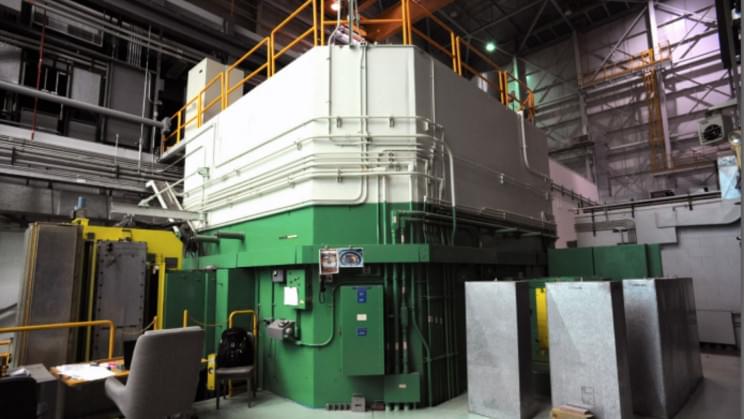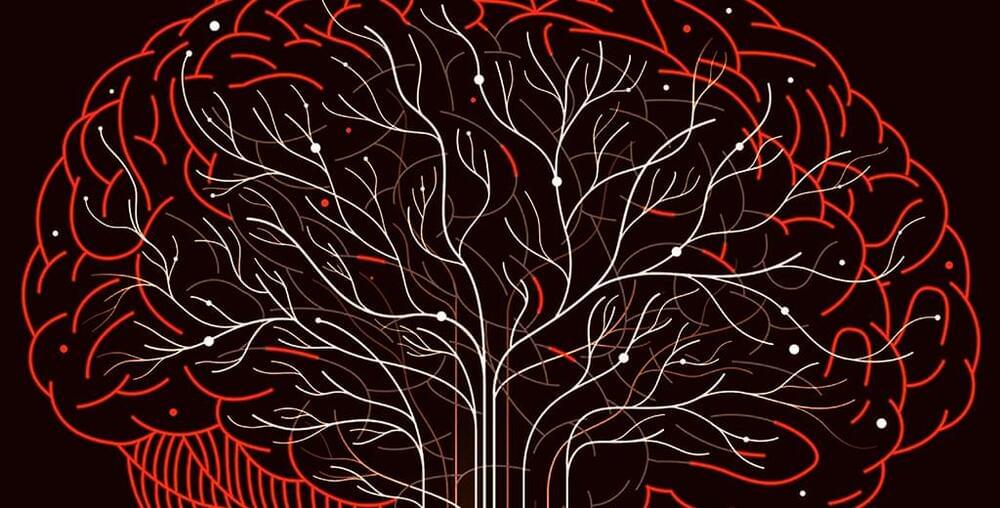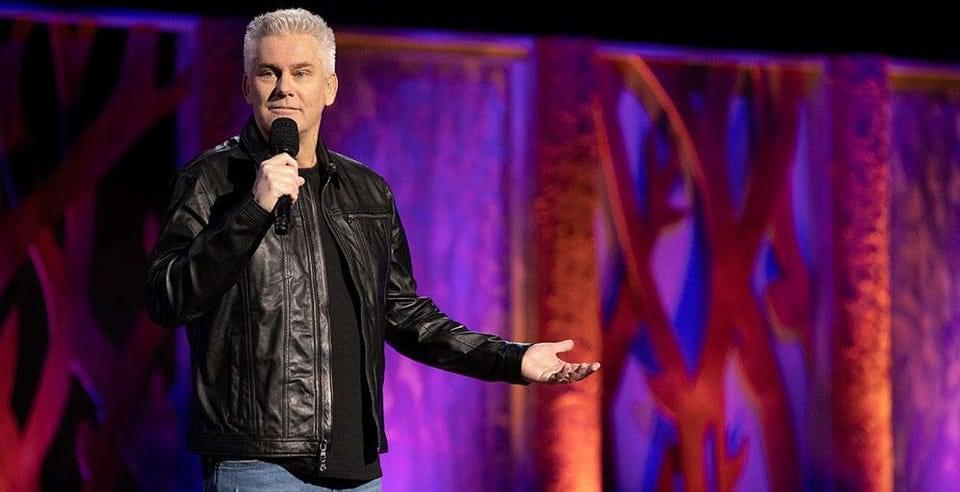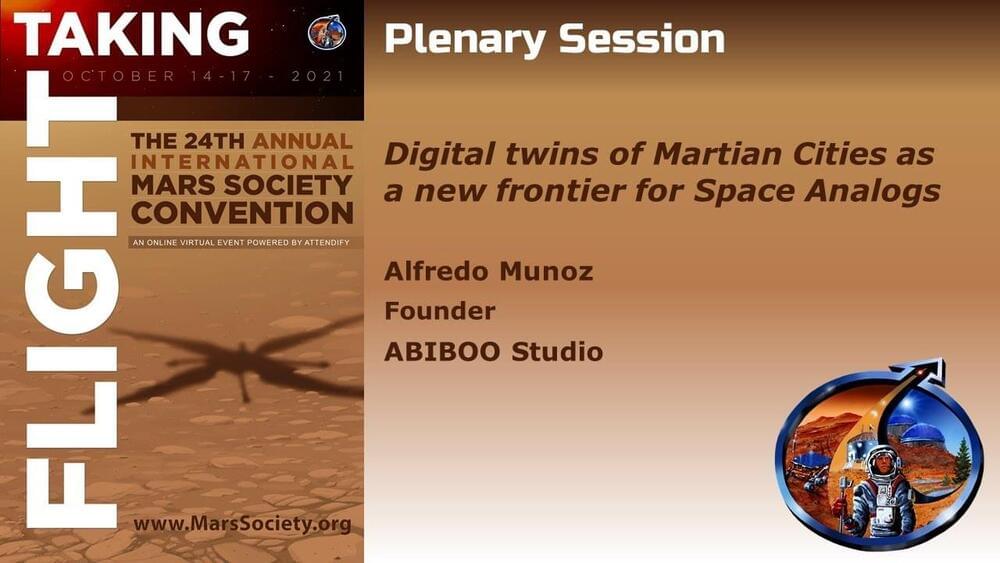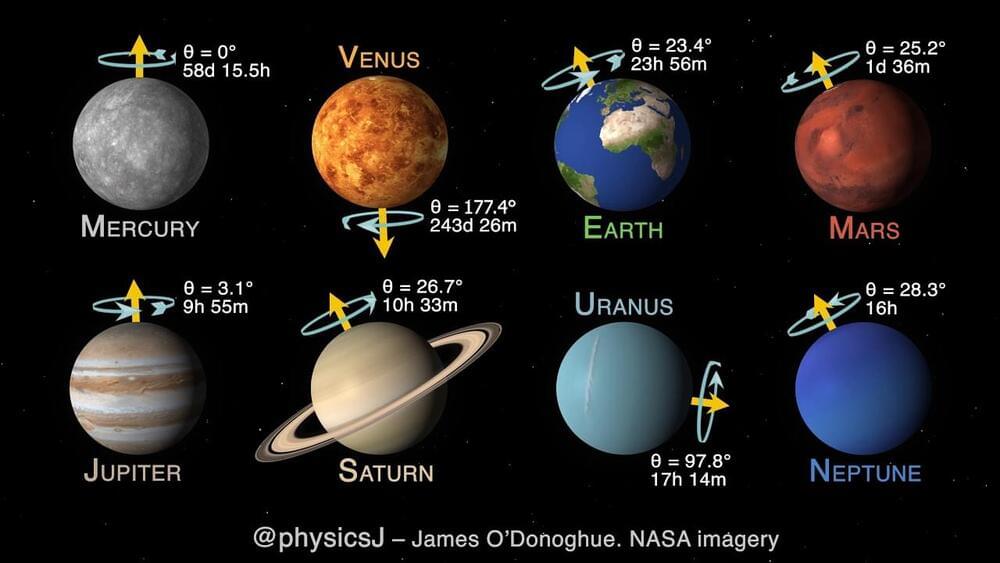As the U.S. military has finalized a space for its first micro-nuclear reactor. The Department of Air Force has chosen the Eielson Air Force Base (AFB) in Alaska to introduce this next-generation energy capability, a press release said.
The US military has been inclining towards electronic warfare along with nuclear reactors for cleaner sources of energy. Last month, we reported that the Department of Defense was planning to install a portable nuclear reactor in Idaho.
It is also being said that the micro-reactor pilot is being built in response to the National Defense Authorization Act of 2019 that requires potential locations to be identified to build and operate a microreactor before 2027. The Air Force will work in collaboration with the Department of Energy, and the Nuclear Regulatory Commission to execute the project of the micro-reactor pilot, and to ensure this pilot is conducted with safety as the number one priority, the press release said. This facility will have a license from the U.S. Nuclear Regulatory Commission and will operate commercially.
